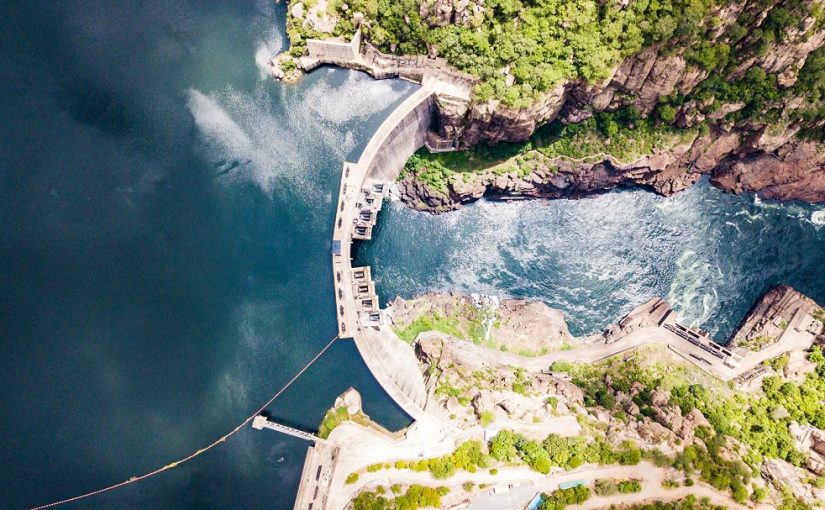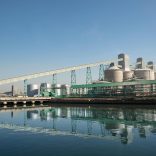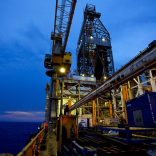Mozambique: TotalEnergies denies non-compliance with agreements - AIM report | Watch
Mozambique: Cahora Bassa hydroelectric plant recovers water storage in January

File photo: HCB
The Cahora Bassa Hydroelectric Plant (HCB), in the central province of Tete, the main electricity producer in Mozambique, has announced a “slight recovery” in water storage levels and the stabilisation of the reservoir’s quota for hydroelectric production in January.
“As a result of the improvement in inflows in January, the final storage for the month, which had been forecast at 19%, was at 21.7% with increasing trends in the first week of February,” an HCB press release sent to Lusa today reads.
The recovery, the company says, will allow HCB to continue to supply energy to Mozambique, South Africa and other countries in southern Africa, “despite the continuation of the regional drought situation that has been observed since the 2023/24 hydrological year, mitigated by the hydroelectric management measures implemented since 2024”.
The Cahora Bassa reservoir is the fourth largest in Africa, with a maximum length of 270 kilometres and 30 kilometres between banks, occupying 2,700 square kilometres at an average depth of 26 metres.
In the document, the company attributes the “slight recovery” of storage to the improvement in the inflow to the reservoir.
“The inflows forecast for January were 1,100 cubic metres per second, based on what was observed at that time. However, in the last week of January, significantly positive and higher flows were observed, reaching a peak of around 4,000 cubic metres per second on 30 January, which improved the average inflows observed to 1,585 cubic metres per second,” reads the company’s statement.
In view of the rains falling in the central and northern regions of the country, HCB says that it will continue monitoring the situation in the Zambezi River basin, and may make “possible adjustments to the current operating plan” based on the results of the rainfall.
HCB estimates record profits of US$225 million (€215.4 million) in 2024 and expects to increase levels of water storage by the end of this year.
In a statement sent to Lusa on January 24, the management of HCB, one of the largest independent hydroelectric power producers in southern Africa, said it had achieved production of 15,753.52 GigaWatt-hours (GWh) last year.
“This figure was reached in an adverse hydro-climatic context characterized by a severe drought caused by the occurrence of the El Niño phenomenon, whose negative impact led to the adoption and implementation of management measures for the operation of the reservoir, which aimed to safeguard the hydraulic and operational safety of the dam and related infrastructures, which allowed Cahora Bassa to have better water storage levels than the dams in the countries upstream,” the company statement reads.
The document adds that at the end of the first part of the rainy season, on December 31, 2024, the reservoir’s level reached 305.20 meters above the mean sea level, which corresponded to 21.19% of useful storage.
The Mozambican state holds 90% of the share capital of HCB, since its transfer to Mozambique under an agreement with Portugal in 2007, while the Portuguese company Redes Energéticas Nacionais (REN) has a 7.5% share and Eletricidade de Moçambique 2.5%.













Leave a Reply
Be the First to Comment!
You must be logged in to post a comment.
You must be logged in to post a comment.